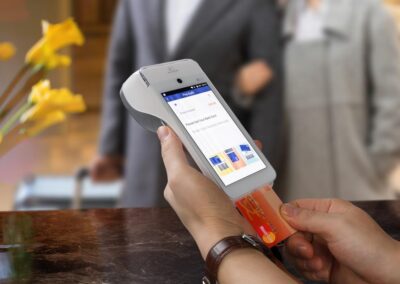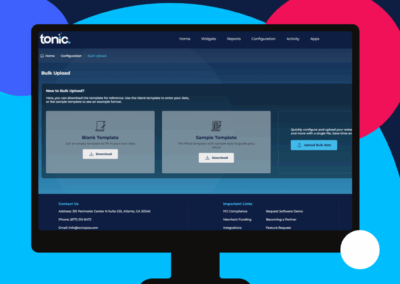Credit-card fees are climbing, margins are thin, and every penny counts in food service. Dual pricing—posting one “card price” that includes processing costs and a slightly lower “cash price” is gaining momentum as a practical way for restaurants to protect profitability without raising base menu prices. Analysts estimate that dual pricing can trim two to four percent off gross revenue lost to fees, which for a mid-volume casual concept can mean tens of thousands of dollars a year.
For value-added resellers (VARs) and ISVs, that savings story is powerful, if it’s positioned correctly. Below is a field-tested framework for selling dual pricing to restaurant prospects and guiding them through a smooth rollout.
Clarify What Dual Pricing Is (and Isn’t)
Dual pricing is not a last-minute surcharge tacked on at the terminal. Instead, the restaurant clearly posts two all-in prices up front:
|
Tender |
Price on Menu |
What It Covers |
|
Card Price |
$10.49 |
Food, tax, card fees |
|
Cash Price |
$10.00 |
Food, tax |
Guests choose their payment method, so there’s no “junk fee” sticker shock. Because both prices appear before the order, the model passes muster in every U.S. state and under current card-brand rules (provided the delta does not exceed the restaurant’s actual cost of acceptance and signage is clear).
Lead With the Restaurant’s P&L
Restaurant owners care less about interchange minutiae and more about cost containment. Anchor your pitch around three tangible benefits:
- Immediate savings. Removing two to three percent in processing expense can offset a year’s worth of recent food-cost inflation.
- Menu-price flexibility. Operators keep advertised card pricing stable while still rewarding cash-paying regulars.
- Cash-flow improvement. More cash payments mean lower batch totals, reducing reserve requirements and chargeback exposure.
Use a simple calculator: Monthly card volume × 2.65 % average effective rate = annual cost. Show how dual pricing drops that line item to near zero.
Anticipate and Neutralize Common Objections
|
Objection |
Response Cue |
|
“My guests will push back.” |
“Surveys show only a small fraction abandon a ticket over a few cents, especially when signage is upfront and cash remains an option.” |
|
“Is this even legal?” |
“Dual pricing is federally legal and permitted in all 50 states because it posts both prices before purchase, very different from a surcharge.” |
|
“Will it hurt tips?” |
“Tip percentages typically track card totals. Servers see little to no drop because the card price already includes fees.” |
Role-play these scenarios with your sales reps so answers are crisp and confident.
Map Out a Four-Step Implementation Plan
- Regulatory checklist. Confirm state guidelines, notify card brands if required, and cap the differential at your processor’s blended effective rate (never more than 3 %).
- POS configuration. Enable dual-price toggling at the item or ticket level so tax, tips, and reporting remain accurate.
- Signage and menus. Provide table tents, window decals, and updated menu boards that clearly display both prices and a concise explanation.
- Staff training. Equip servers with a one-sentence script: “We offer a cash price and a card price so you can choose how you’d like to pay.” Transparency defuses pushback.
Package the Program for Easy Adoption
Partners who make dual pricing turnkey win more deals. Offer:
- ROI worksheets customized with the restaurant’s numbers.
- Compliance templates with state-specific disclosure language, wall notices, and brand-approved signage.
- Marketing collateral that frames the cash discount as a perk: “Save when you pay with cash.”
- Fast-track onboarding with POS presets, processor enrollment forms, and local support.
Bundle these assets so you’re selling a solution, not just a setting.
Position Yourself as the Expert
Restaurants already juggle labor shortages, food inflation, and shifting consumer habits. When you present dual pricing as a well-structured, compliant program backed by clear collateral and live training, you become the partner who simplifies complexity and delivers measurable savings. That credibility drives referrals and long-term account stickiness.
Partner with Confidence
Dual pricing isn’t merely a cost-recovery tactic; it’s a competitive differentiator that keeps independent restaurants profitable in a fee-heavy world. By leading with financial impact, anticipating objections, and providing a turnkey rollout kit, VARs can turn a trending concept into closed deals and lasting relationships.
Book a demo with our team today and let us walk you through how dual pricing works.






